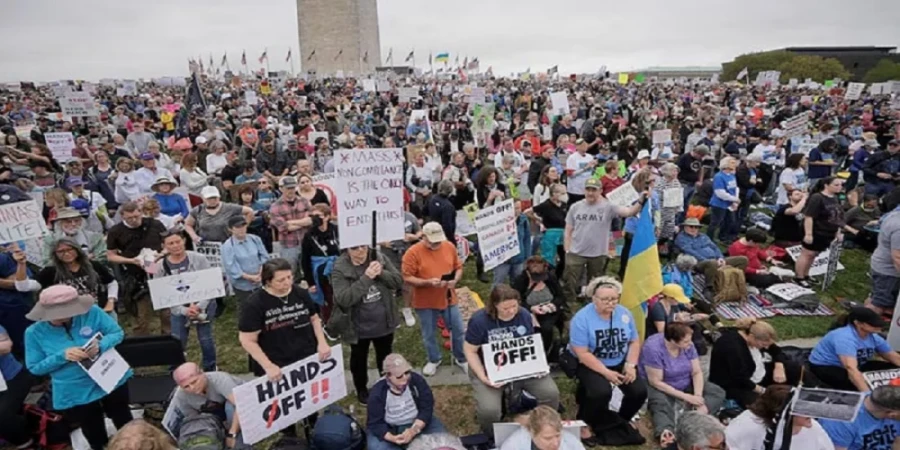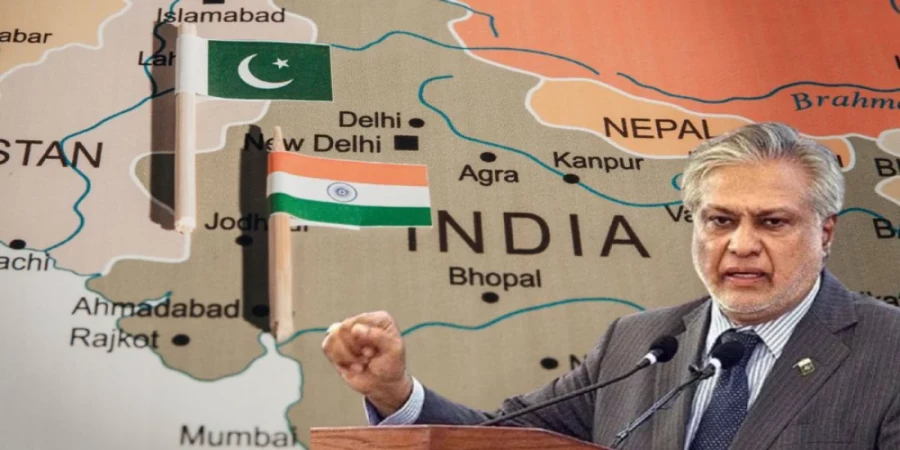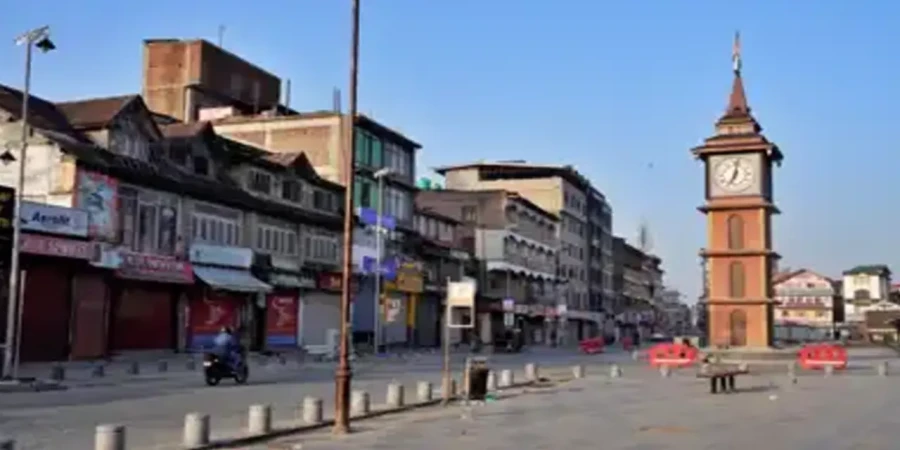
ছবি: Photo: Collected
Thousands of people took to the streets across the United States in a unified protest against President Donald Trump’s recent policies. Demonstrators rallied in all 50 states on Saturday (April 19, local time), denouncing what they call a threat to democracy and equality. The coordinated campaign, titled “50501”—symbolizing 50 protests in 50 states with one unified voice—has been described by participants as a “new fight for freedom.”
The protests were organized to coincide with the 250th anniversary of the beginning of the American Revolutionary War. Many protestors held signs bearing the phrase “No Kings,” a nod to the anti-monarchist sentiment that fueled the original American Revolution. The symbolic connection was intended to emphasize concerns that executive power under Trump is growing increasingly authoritarian.
Major issues at the heart of the protest included the administration’s immigration policies and proposed cuts to government spending. Demonstrators gathered not only outside the White House but also in central areas of major U.S. cities and even in front of Tesla showrooms. Among the key voices during the protest was that of support for Kilmar Abrego Garcia, a U.S. immigrant who was mistakenly deported to El Salvador. His case became a symbol of the protest, with many demanding that the U.S. government take action to bring him back.
One of the protestors, Jihad Eljundi, told CNN that Trump could have used diplomatic pressure to secure Garcia’s return. His remarks echoed a growing frustration with how immigration cases are being handled under the current administration.
The protestors also voiced strong opposition to the “Department of Government Efficiency” (DOGE), a Trump administration initiative aimed at reducing public sector expenditures and government employment. Critics argue that the agency undermines democratic governance and weakens essential public services.
While most demonstrations remained peaceful, reports of tension surfaced in a few locations. In one incident, Democratic Congressman Suhas Subramanyam was seen engaging in a heated argument with a Trump supporter, and the video quickly spread across social media platforms.
Many protestors described their participation as part of a revival of the American spirit of resistance. In Lexington and Concord, Massachusetts—historically significant as the sites of the first battles of the American Revolution—the protests took on a particularly symbolic tone. Speaking at one such gathering, protestor Thomas Basford said, “This is another hard moment in our history when we must fight for freedom. I wanted to teach my grandchildren how this country was built and remind them that sometimes we have to stand up for liberty.”
Meanwhile, Trump’s approval ratings have continued to decline. According to the latest Gallup poll, his popularity has dipped to 45 percent, down from 47 percent at the start of his second term in January. For comparison, the historical average first-quarter approval rating for U.S. presidents between 1952 and 2020 was approximately 60 percent.
Public confidence in Trump’s handling of the economy has also decreased. A Reuters/Ipsos poll revealed that only 37 percent of Americans now approve of his economic management, compared to 42 percent in January.
Despite the size and scale of Saturday’s demonstrations, analysts say it may not have been the largest protest of Trump’s second term. Earlier this month, a protest series titled “Hands Off” reportedly mobilized people in over 1,200 locations across all 50 states, and it is currently regarded as the most extensive nationwide demonstration since Trump returned to office.
As the protest movement continues to gain traction, it highlights a growing divide within the nation and reflects increasing concerns over the direction of Trump’s leadership and the broader implications for American democracy.
repoter






